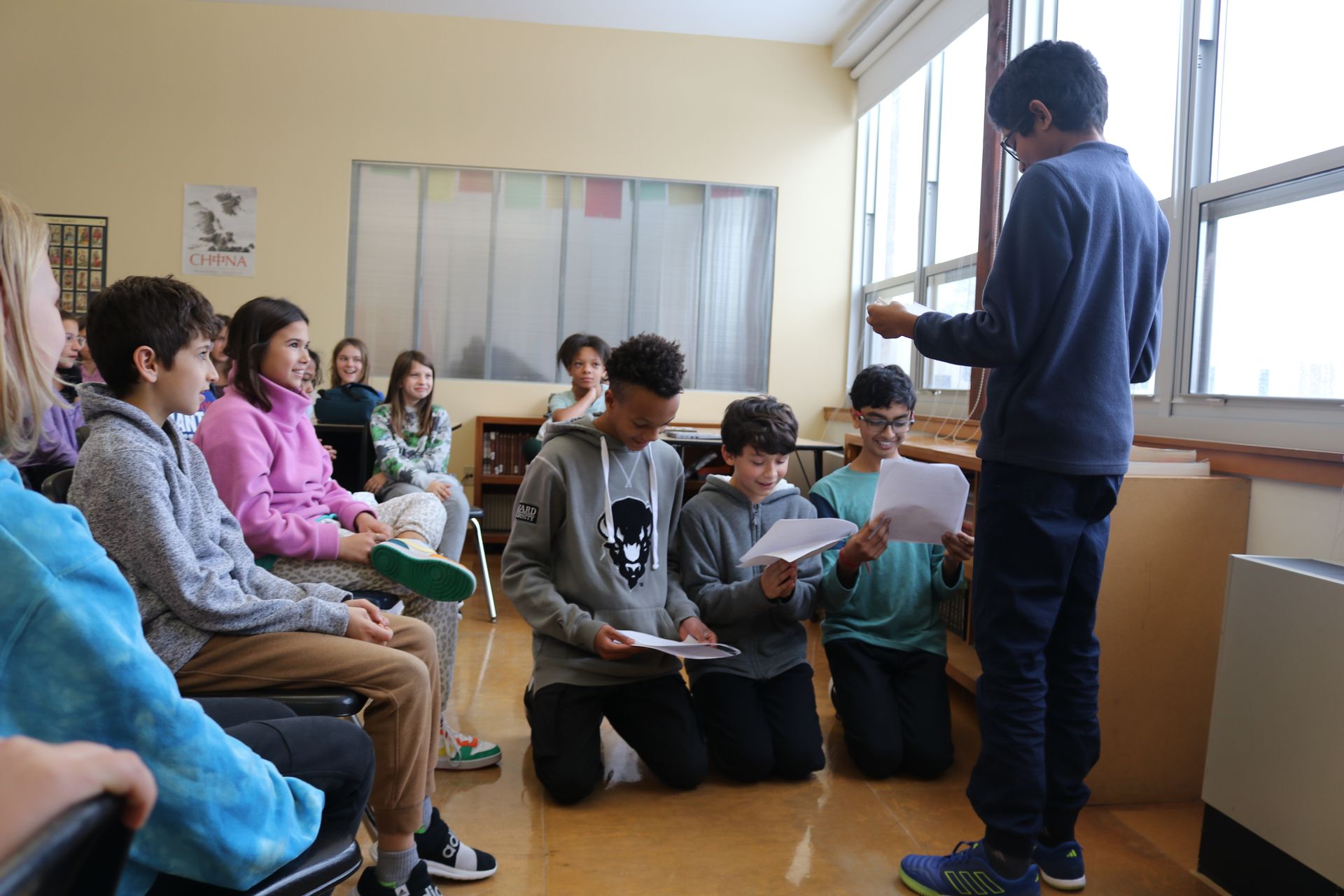Throughout the year, our students have grappled with considerably difficult art material: perspective drawing, cubism, and self-portraits, to be sure, but also more technical and computer-based arts with 3D printing, rendering, and animation. For one of our summer school programs, the Toon Boon Animation Summer Camp, we have students creating animations based on their ideas, which would have been unfeasible in the less computer-based age of even ten years ago. The students who can master these skills at a young age have nearly limitless options regarding how they can express themselves.
Animation and Art
New Paragraph

On a national level, arts programs in schools have declined for decades. Sometimes considered extras, the arts, including music, are the most at risk when budgeting. In a world that only seems to care about producing effective test takers, these classes are seen as expendable as they are much more difficult to quantify. At Milwaukee Montessori, however, it is quite different.
At MMS, students have tablets beginning in fourth grade. These machines have many art programs built in, and most beneficially, a touch screen and stylus that allows students to draw and play in ways that were once only available on college campuses. Putting this powerful technology in students' hands is just one way our students get a leg up in a heavily computer-based world. By opening up the avenues of self-expression, any student can produce work that satisfies their inner artist.
Not only is there a benefit in the purely artistic world here by acclimating these students to this type of technology, but real-world data proves that students taking art classes have higher verbal and math SAT scores than those who do not. Far from being an extra or expendable class, these arts programs have vast and far-reaching ramifications for teaching the whole student. What’s more, many students love these classes, and the more students who like coming to school, the more likely it is that that will become the dominant attitude within the community. This creates a cycle of highly invested students who push themselves to accomplish amazing things and create incredible work.













